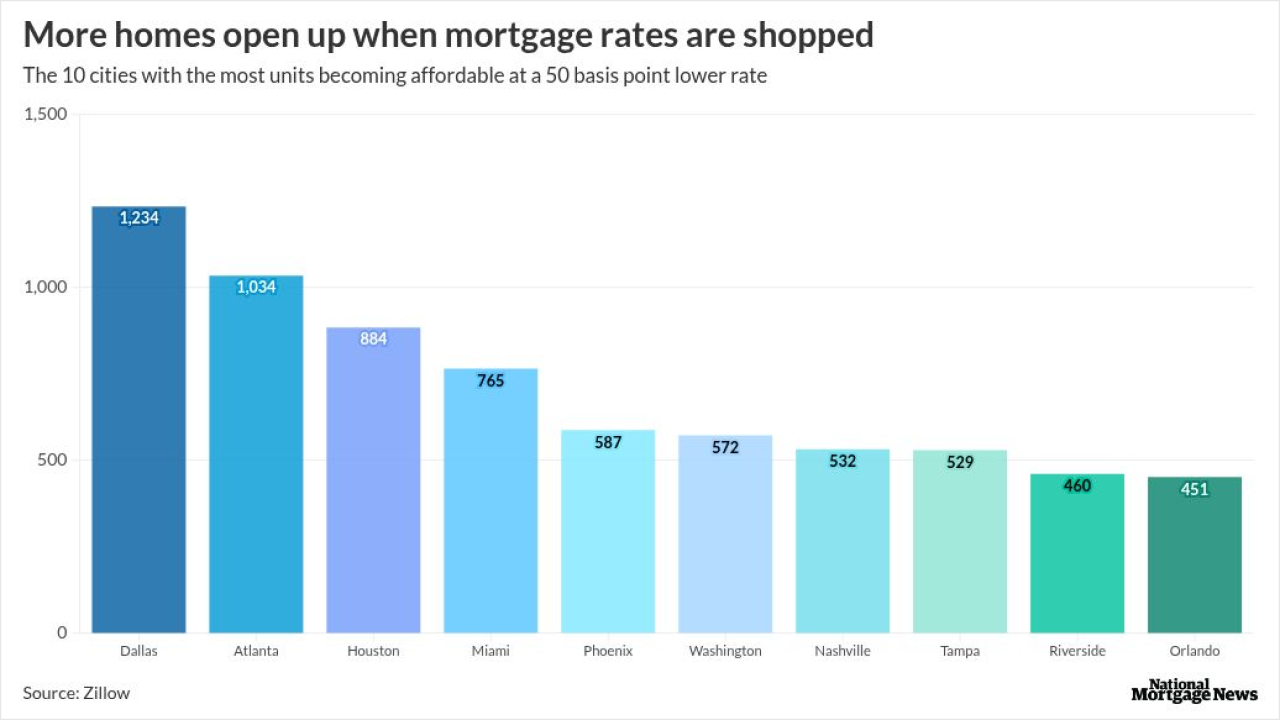Financial service providers can offer all the incentives and new services they want — from brightly colored payment cards to free credit scoring — but without solving the current challenges around onboarding they will struggle to acquire new customers and generate sales.
Between lengthy confusing application processes and the need to submit physical documents to verify your identity, the onboarding experience for new customers to financial services leaves much to be desired.
But the problem now extends beyond this poor user experience. Overnight, COVID-19 divided financial institutions into two groups — those capable of digitally onboarding customers and those that wished they had invested more heavily in digital onboarding before. As the dust begins to settle, we are witnessing the effects that current onboarding processes are having on the success of financial services providers.
Customers demand convenience. In an age of instant gratification, traditional banking institutions are falling behind when it comes to digitizing operations for a better consumer experience. In many European countries, identity verification processes are still handled manually. This means staff need to check documents, such as passports or driving licenses by hand and potential customers need to either visit a bank branch or risk sending their valuable documents through the post.
And this isn’t just a problem of inconvenience. According to
This issue is heightened by the emerging threat from fintechs, challenger banks and big tech companies. They are destroying long-term loyalties and replacing them with promotions, referral offers and, most important, the promise of convenience through seamless and user-friendly digital services. Few traditional banks are able to offer complete in-app onboarding, and even for those with a high digital investment there often is still a requirement to visit a separate website, call an account handler or show a physical ID in a branch.
It’s impossible to ignore the impact of COVID-19 on financial institutions, dividing them into two distinct camps.
On the one hand there are those that have implemented, and built financial offerings around, digital services. Acknowledging the inconvenience and bottom-line impact of manual onboarding, this camp has invested in know-your-customer and anti-money laundering compliance that does not make the user- experience worse. In fact,
On the other hand, there are those who’ve kicked digital onboarding into the long grass in the hope that loyalty and public perception will outweigh an inadequate customer experience. Overnight lockdown restrictions closed many bank branches. 11:FS
Banks have been forced to undergo digital transformation quickly, and many have shifted their focus from legacy technology to agile and scalable solutions, but only time will tell if there have been major negative effects of only reacting to the digital onboarding revolution, instead of leading it.
This brings us to the question: Is there still time to course-correct for onboarding? The answer, fortunately, is yes. While consumers are much more likely to stay loyal to the services which have offered certainty and ease at a time when things seem more uncertain and complex than before, this is an opportunity for the legacy banks to listen to customers, who are fed up with time-consuming manual processes.
If banks can pivot their onboarding strategy to align with what today’s customers need, they stand a fighting chance at leveling the playing field. And as recession looms, the banks that are stuck in their ways simply can’t afford to alienate customers through legacy technology and processes any longer.





